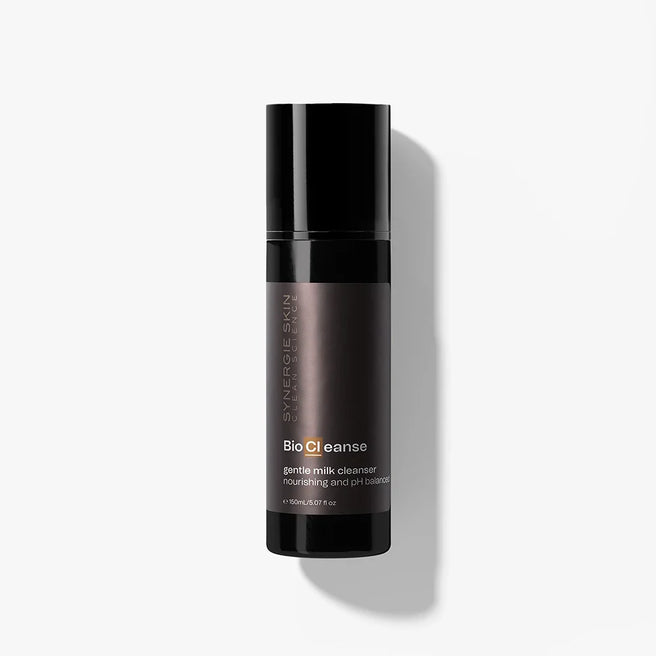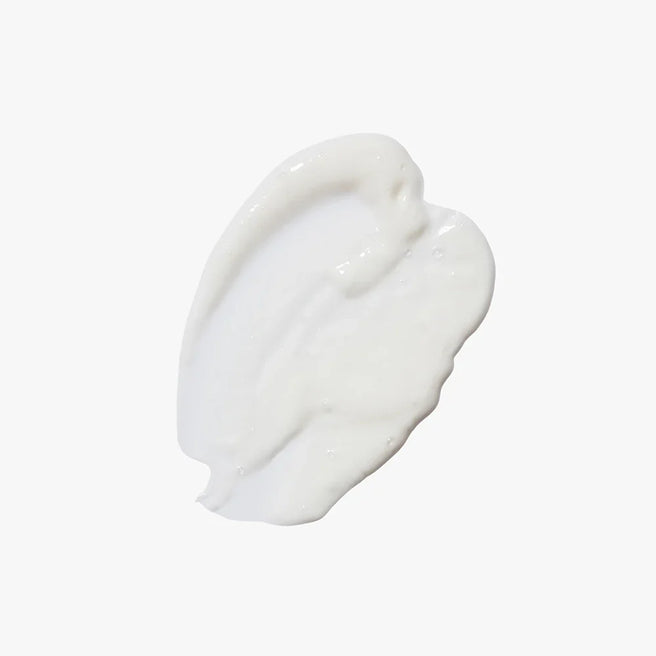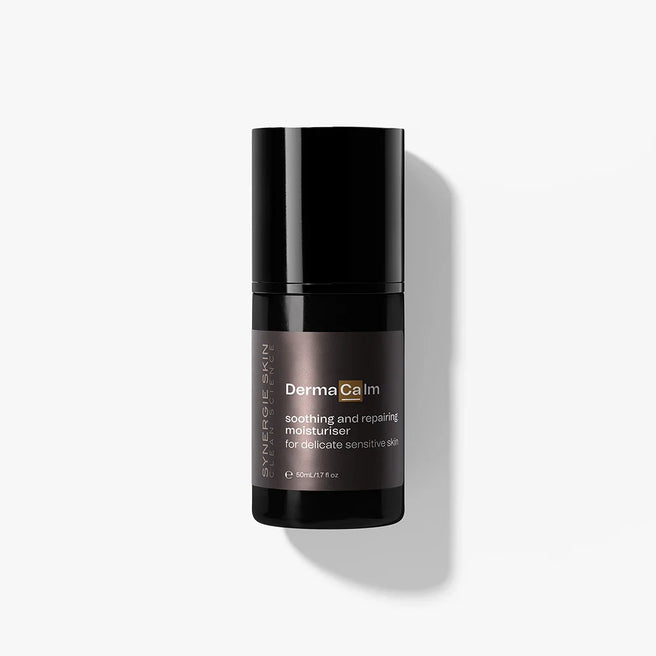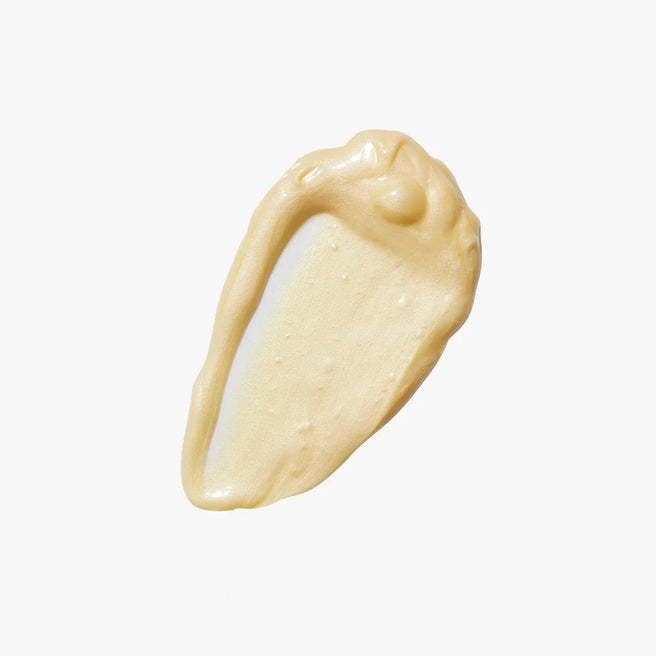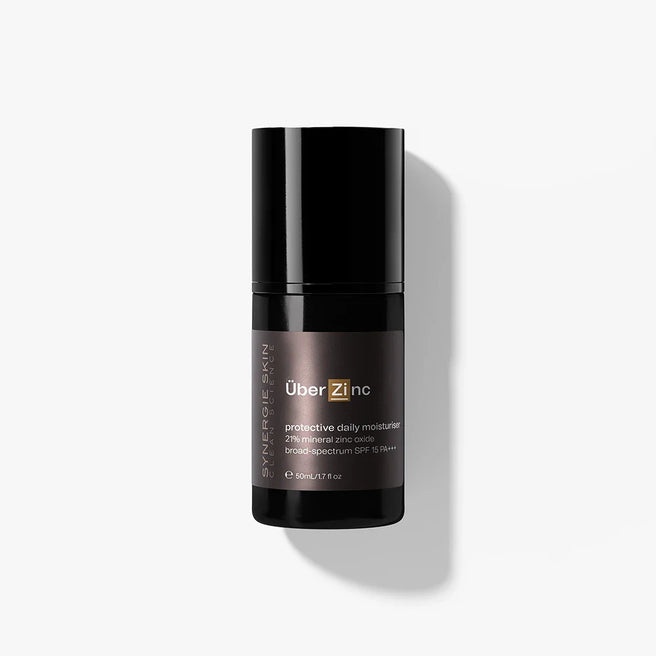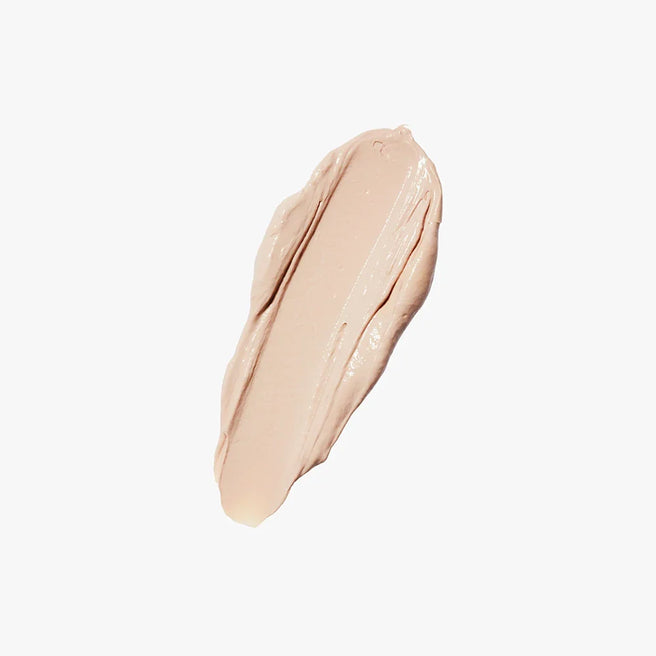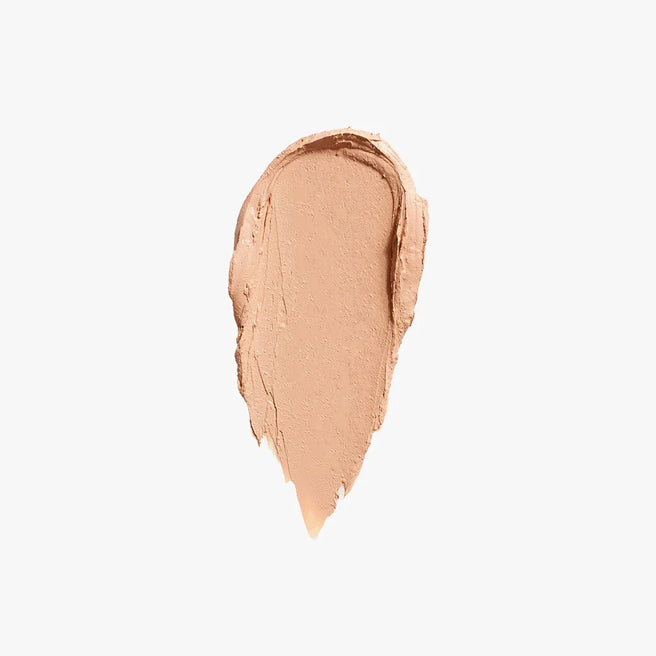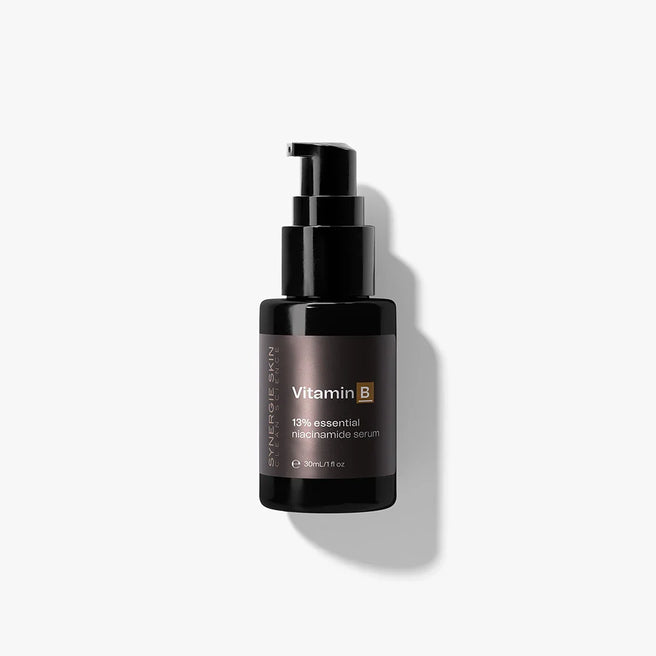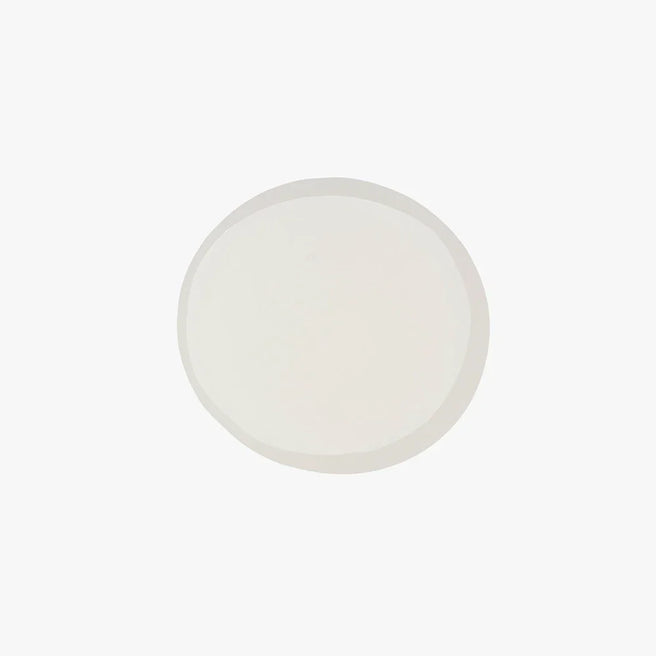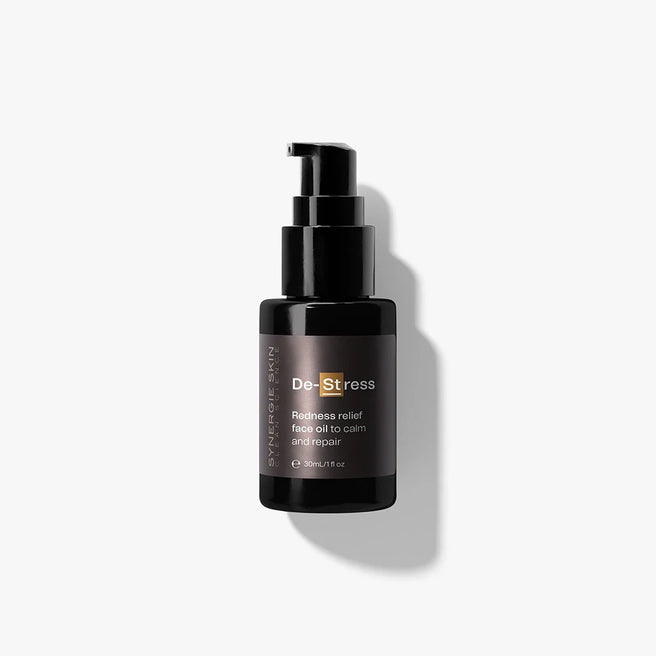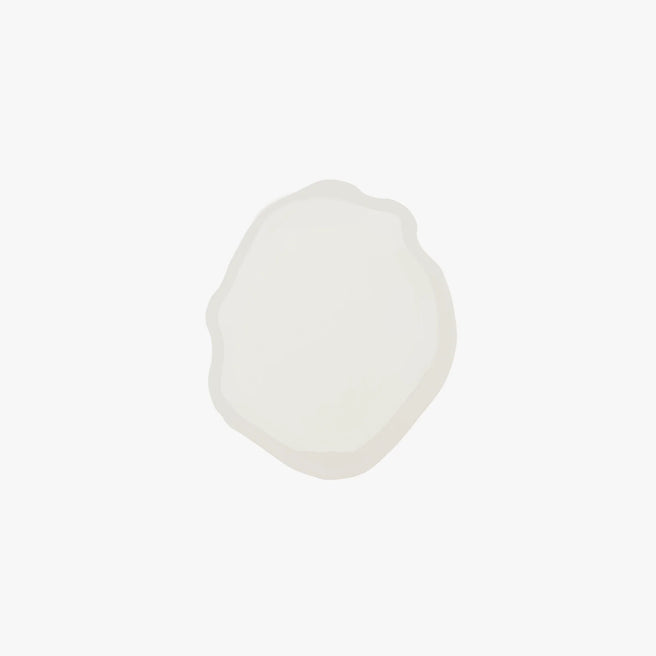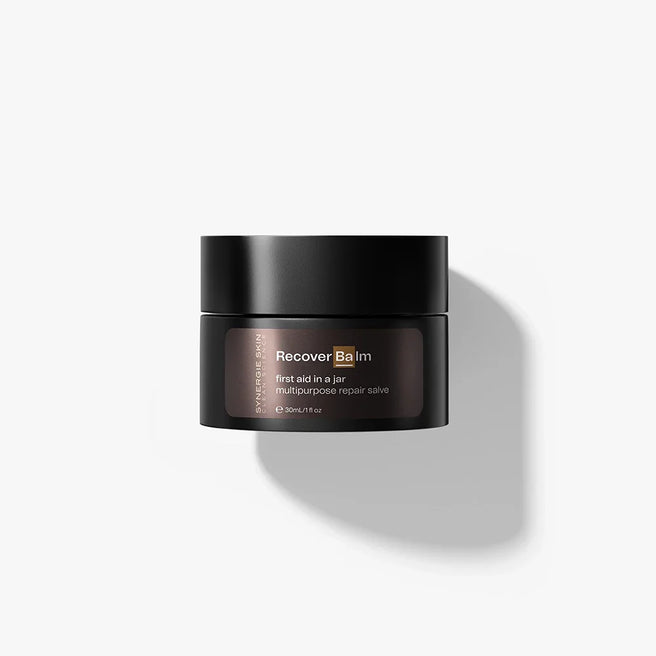If you're experiencing skin irritation or allergy, there may be several factors at play. Read on to learn about the causes, symptoms, differences, and treatment options for each condition.

Often the visible symptoms of an allergic reaction and contact irritation are the same- itchy, red, swollen skin. While symptoms of an allergic reaction can appear in larger or specific areas of the body where the irritant has not had direct contact, symptoms of skin irritation is usually limited to one specific area of direct contact with the agent causing sensitivity.
Causes of skin allergy
Allergic contact dermatitis (ACD) is a skin reaction following the development of an allergic response to an externally applied agent and is less common than irritant contact dermatitis. Some chemicals are known to commonly cause an allergic reaction but this is much less common than irritant dermatitis. The causative agent can be identified by patch testing and should be determined by a dermatologist. Allergy is essentially an abnormal reaction by the immune system of an individual to a substance (the allergen) that normally does not cause reaction in most other people. Typical allergens that cause allergic contact dermatitis can be found in plants, fragrances, cosmetics, metals (such as nickel in jewellery), detergents and clothing. If you are allergic to something and are exposed to it, your immune system overreacts and releases antibodies called Immunoglobulin E (IgE). The antibodies migrate to cells and cause them to release inflammatory chemicals called histamines which results in the symptoms of allergy. Scientists are unclear as to the predisposing factors to allergies. The American Academy of Allergy Asthma & Immunology, believes it is largely hereditary.
Symptoms of skin allergy
Symptoms of a skin allergy include red, itchy, swollen, raised skin which may result in blistering. The external symptoms may not necessarily appear on the direct area of allergen contact. Delayed onset may occur where you may have contact with a potential allergen for months or years before your body suddenly reacts against it. Generally the symptoms of allergy worsen with each subsequent exposure to the substance so individuals are warned to avoid the allergen once diagnosed as allergic to the substance. Once your body has developed a full-blown immune response to the particular allergen, you will develop symptoms a few hours after every contact.
Nut allergy
Some allergies, such as tree nut allergies can be life-threatening if you are exposed to the allergen even in small doses. These individuals are advised to always carry emergency medication to treat anaphylaxis. You should also avoid products containing nut oils that you are allergic to. Skin care companies will always list all ingredients on the package or have then available at point of sale. Products containing nut oils such a macadamia or almond oil may contain the nut allergen in the product so should be avoided if you are allergic to this specific nut.
Causes of skin irritation
Skin irritation or contact irritant dermatitis results from contact with a substance or surface known as the irritant. This contact dermatitis and does not involve a direct overactive immune response with the release of antibodies as is the case with allergy. Rather, it causes inflammation and damage to the skin surface at a greater rate than the body’s own natural repair mechanisms until such time that the body naturally repair the skin, or intervention with medication or an advanced skincare routine occurs. Harsh chemicals in shampoos and body cleansers such as SLS, phthalates found in artificial fragrance, certain acidic products, hair dyes, household cleaning products and paints frequently cause skin irritation. Irritation can also happen when there is excessive friction or rubbing of a material against the skin. Like to allergies, some individuals can be irritated by a substance or ingredient that does not bother other people.
Symptoms of skin irritation
The outward appearance of skin symptoms to contact irritation such as redness, swelling and itch and burning and even blistering, may often appear as allergy. Whereas allergic reaction can cause symptoms to appear in different areas of the body, skin irritation is usually limited to the specific site of direct contact. You may develop irritation immediately after contact with a particularly harsh irritant but generally your skin slowly becomes irritated after repeated exposure to the substance. An example is contact dermatitis due to repeatedly washing dishes in an irritating dishwashing liquid.
Diagnosis
If you suspect that you are allergic to something, consult a dermatologist or doctor who will correctly diagnose you by performing an examination and patch test to isolate the allergen. A patch test involves applying a very small amount of the suspected allergen to your skin to see whether you develop a reaction to it. Narrowing down the culprit of contact irritation is a process of elimination.
Medical Treatment
Medical treatment of allergy and skin irritation often involve short term use of steroids and/or antihistamine in tablet or creams to reduce the itch, burning and inflammation.
Skincare ingredients
- Niacinamide (vitamin B3)
- Aloe vera
- Alpha Bisabolol
- Colloidal oatmeal
- Beta glucan
- Canadian willowherb
- Certain essential oils in low levels (chamomile and lavender)
- Shea butter
- Olive squalene
- Sea buckthorn oil
- Zinc oxide sun protection
- Salicylic acid (low dose)
- Cholecalciferol (vitamin D)
The routine
Keep your routine simple and if you are commencing a new skincare routine. If your skin is highly irritated and sensitive, I suggest you introduce one product at a time to ensure you can tolerate each product.
Day
- BioCleanse - gentle cleaning gel
- DermaCalm - anti-inflammatory moisturiser
- ÜberZinc - moisturiser with 21% zinc oxide
- Synergie Minerals makeup (UV protective mineral makeup)
Night
- BioCleanse - gentle cleaning gel
- Vitamin B - essential niacinamide serum
- DermaCalm - anti-inflammatory moisturiser
- De-Stress - calming facial oil
- Recover Balm recommended as needed for skin that is irritated and inflamed in specific areas
For more information on discovering a new skincare routine and lifestyle for sensitive, irritated skin, read my blogs 'How To Treat Sensitive Skin', and ‘Is Your Diet Inflaming Your Sensitive Skin or Rosacea?’.






